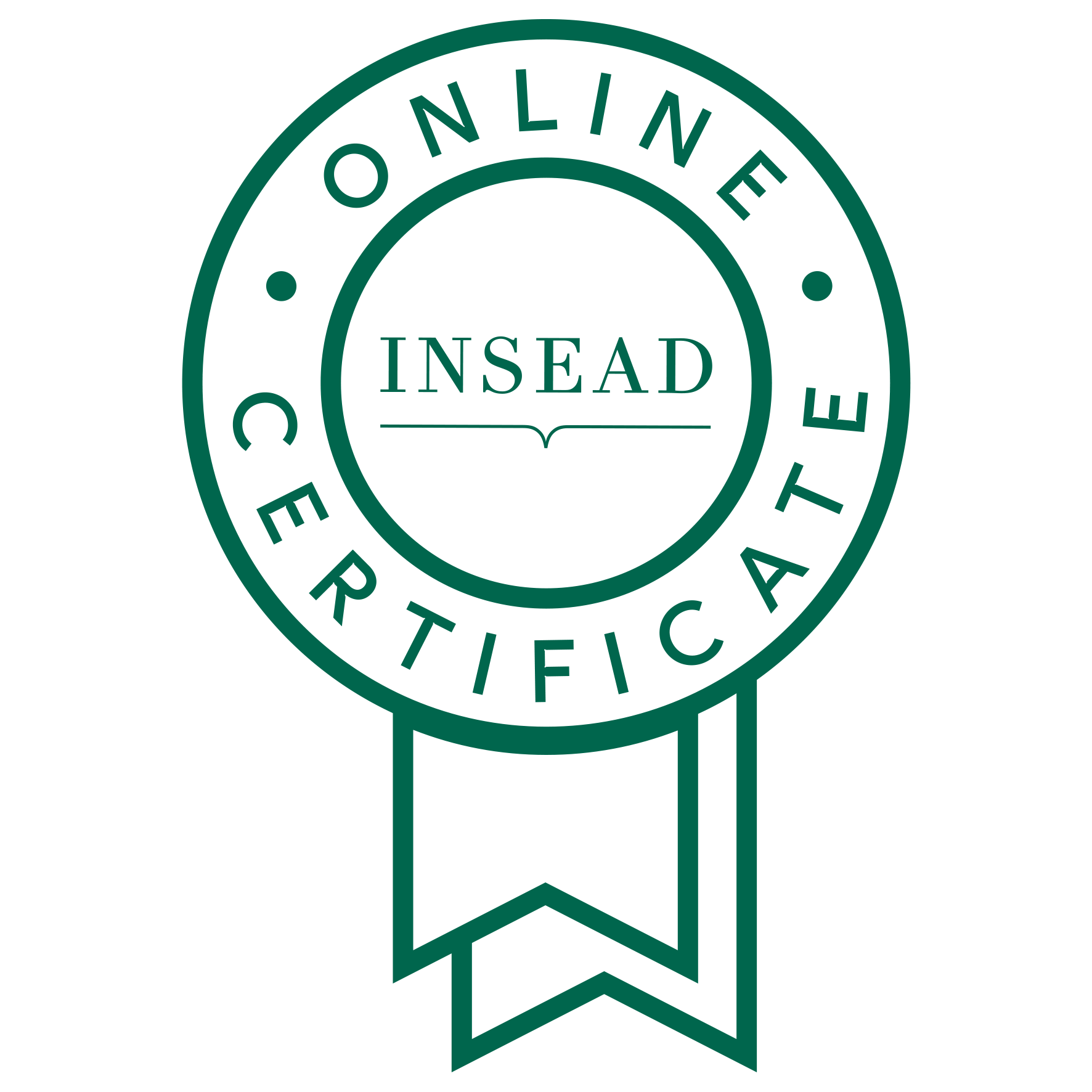Upcoming Sessions
Build the capabilities to lead across national and international boundaries
As today’s business landscape becomes increasingly global, organisations need leaders who can operate effectively from anywhere in the world. Securing an international advantage requires executives capable of rapidly adapting to an ever-evolving, highly competitive global marketplace, mastering cross-cultural relationships and creating winning strategies that integrate both local and global perspectives.
Leading Across Borders and Cultures is a course designed to provide a highly practical perspective on one of today’s most pressing business issues: how to lead in a complex, cross-border, multicultural environment. An immersive five-day learning experience, this course will allow you to explore the skillsets of successful global leaders and discover what it takes to build a cohesive global team, negotiate international deals and lead multicultural team at scale. You will learn to bridge cultural gaps, transform differences into assets and ultimately create exceptional value for your organisation.
Key learning concepts in the programme curriculum
Leading Across Borders and Cultures is an immersive programme at INSEAD that leverages the school’s world-leading research in global leadership. Participants will build global leadership expertise by examining the dynamics and challenges of leading in diverse roles through case studies, discussions, small-group work, and case studies with successful global leaders.
The course also enhances cross-cultural effectiveness by teaching participants to decode cultural differences, avoid culture traps, and bridge gaps using a ‘Culture Map’ developed by the programme director. Additionally, it focuses on improving virtual team management and leadership, equipping participants with strategies to structure and manage teams dispersed across countries, cultures, and time zones.
Our Participant Profile
The Leading Across Borders and Cultures programme is designed for participants across all professional backgrounds, age, and functions, who share manage international activities such as sales, mergers, acquisitions, business development and more. Global leaders who manage the collaboration of teams in multiple locations also find this programme immensely helpful.
Skills you will develop
- Self-awareness
- Building Inclusivity
- Communication
- Developing People
- Persuasion
- Cross-cultural Management
-
How You Benefit
-
 This programme qualifies for the INSEAD Certificate in Global Management.
This programme qualifies for the INSEAD Certificate in Global Management.
The certificate is a formal recognition in areas of global management and leadership. Please refer to the certification requirements here.

Corporate Culture: Go Beyond Buzzwords

The Pitfalls of Giving Feedback Across Generations

The Pitfalls of Giving Feedback Across Genders

The Pitfalls of Giving Feedback Across Cultures

Map Your Team’s Cultural Differences

Giving Negative Feedback Across Cultures

The Most Productive Ways to Disagree Across Cultures

Building Trust Across Cultures

Avoiding Culture Clashes When Making Decisions

Multicultural Teamwork: Accommodate Multiple Perspectives

The Art of Persuasion in a Multicultural World

Being the Boss in Brussels, Boston, and Beijing
When misunderstandings arise among members of global teams, it’s often because managers conflate attitudes toward authority and attitudes toward decision-making. However, the two are different dimensions of leadership culture that we should consider.

Getting to Si, Ja, Oui, Hai, and Da
To be effective in international negotiations, you must take stock of the subtle messages being passed around the table.
Dates and Fees








